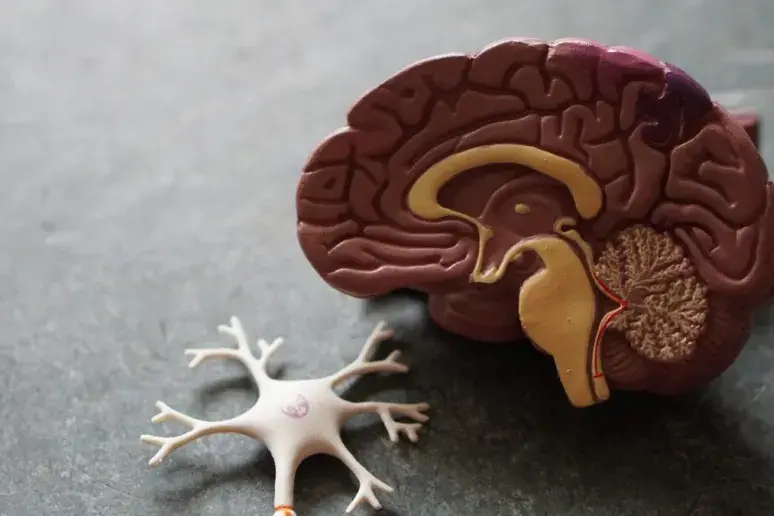
Alzheimer’s research to focus on condition’s subtypes
The future of research into Alzheimer’s could lie in looking at the differences between the condition’s three subtypes, according to a new study. Scientists at the Mayo Clinic in Florida believe that patterns in the individual forms of the disease and the ages at which they have begun could offer new treatment possibilities.
A team of neuroscientists led by Dr Melissa Murray focused on one key area of the brain and observed that Alzheimer’s-related damage varied by subtype of the disease. They believe this finding could be the key to a breakthrough in tackling the condition, for which there is currently no cure despite billions of pounds being spent on research.
Dr Murray said: "Alzheimer's affects people in different ways. If we learn why, it will help us untangle the mysteries of this disease. We should not continue to think of it as a single entity."
Brain tissue from more than 1,000 diseased Alzheimer’s patients was examined for the study into the cholinergic hub. This part of the brain was chosen, as it’s known to be targeted by the only therapies that successfully manage symptoms of Alzheimer’s at present.
Focusing on neurofibrillary tangles - the accumulations of protein that interfere with the transport system of a neuron - scientists observed two patterns of interest. The first was that patients with the subtype of Alzheimer’s known as hippocampal-sparing had more severe signs of the disease than those with other forms.
The most typical subtype affects this memory centre, but unusually, those with hippocampal-sparing have more problems with their cortex. This part of the brain manages thoughts and actions, so behavioural changes, problems with language and visual disturbances are more common symptoms of this form of Alzheimer's than the memory loss most people associate with the condition.
Dr Murray’s team also saw more damage relating to Alzheimer’s in those suffering from an early onset form of the disease. Those whose symptoms started to become apparent after the age of 65 had less severe effects.
As a result of these observations, the scientists summarised that treatments for Alzheimer’s could be most effective in patients with the early onset hippocampal-sparing subtype. The next stage in the process is to test this hypothesis on living volunteers.
Dr Murray went on to explain the importance of an accurate diagnosis, stating that despite the hippocampal-sparing subtype accounting for around ten per cent of cases of Alzheimer’s, it’s often missed. This is due to its atypical symptoms and dementia not being the most obvious avenue of investigation in the young.
She added: "For example, our findings suggest that when a younger patient presents with personality symptoms that may ordinarily point to frontotemporal dementia, the clinician could consider whether a test for Alzheimer's biomarkers or other scans are warranted."
Finally, Dr Murray showed gratitude to the late Alzheimer’s patients who donated their brain tissue to the Mayo Clinic to make studies like this one possible. Research into the condition is ongoing throughout the world and it may take many breakthroughs in understanding the disease before a cure is found.
Find your nearest Barchester care home
With over 200 care homes in the UK, there's always a Barchester care home near you.
